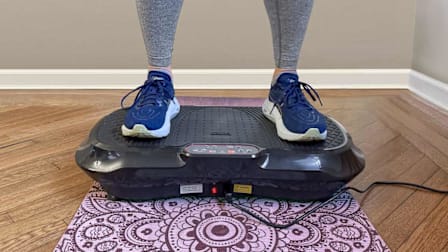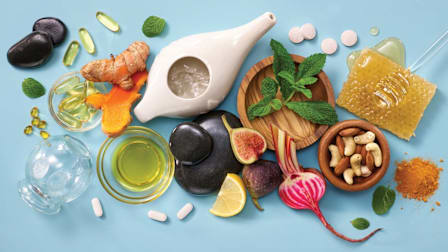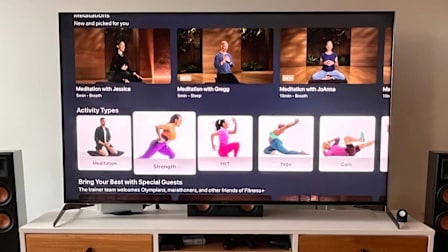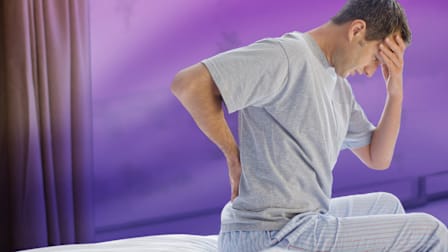Give Yourself a Massage
Relieve sore muscles at home with a few handy tools
Massage is an evidence-backed method for relieving everyday aches, pain, and stiffness. But it’s not always realistic or practical to see a professional. Fortunately, you can reap the therapeutic benefits of massage in the comfort of your own home. All you need is a little time and the right tools.
Kneading sore muscles with your fingers works in a pinch, but the tools mentioned here can achieve faster and better results. Keep two safety tips in mind: Never massage bones, joints, or any injured area, and have your doctor evaluate any persistent soreness.
Tennis Balls
You may have one of the safest, most effective massage tools at home already: a tennis ball. Simply place it between your body and a wall or floor, then roll up and down on the area that hurts.
Foam Rollers
If you’re recovering from a workout or feeling muscle tightness, consider a foam roller, which Fredericson says provides a focused massage that can loosen up tight connective tissue that can restrict movement. “The foam roller is really good at that, and could help with mobility,” he says.
Shashank Davé, DO, a physiatrist and associate professor of clinical physical medicine and rehabilitation at the Indiana University School of Medicine, says that foam rollers can help prevent the delayed onset of muscle soreness when used after workouts. A meta-analysis from 2019 suggests that foam rolling after exercise can improve recovery and future performance.
Simply lie on the foam roller and roll back and forth against tight or painful muscles. You can use it on any muscle group, but Davé says people often find it helpful on the trapezius, the group of muscles between the neck and shoulders. Start with gentle pressure as you roll, then gradually increase. If it feels painful at any point, stop. Too much pressure may not be helpful, Fredericson says.
Massage Guns
Self-massagers, including massage guns, can provide relief because they vibrate faster and sometimes penetrate deeper into the muscles than other tools. Choose one with multiple speed and intensity settings, Gangstad advises, so that you can be as gentle as you need to be. To use an electric massager, gently run it over the sore muscle area. Five or 6 minutes should be enough to relieve pain.
Can Heat or Ice Help?
Julie Sherry, a physical therapist, says that as a rule of thumb, apply heat to sore, tight, or spasming muscles and use ice for acute injuries. Apply a heating pad for 20 to 30 minutes at a time, she advises. Then remove it and wait 30 to 40 minutes before using it again. Allowing the tissue to cool down is important; don’t leave a heating pad in place for a long time. For icing, try using a bag of frozen vegetables.
Editor’s Note: A version of this article also appeared in the November 2021 issue of Consumer Reports On Health.

















